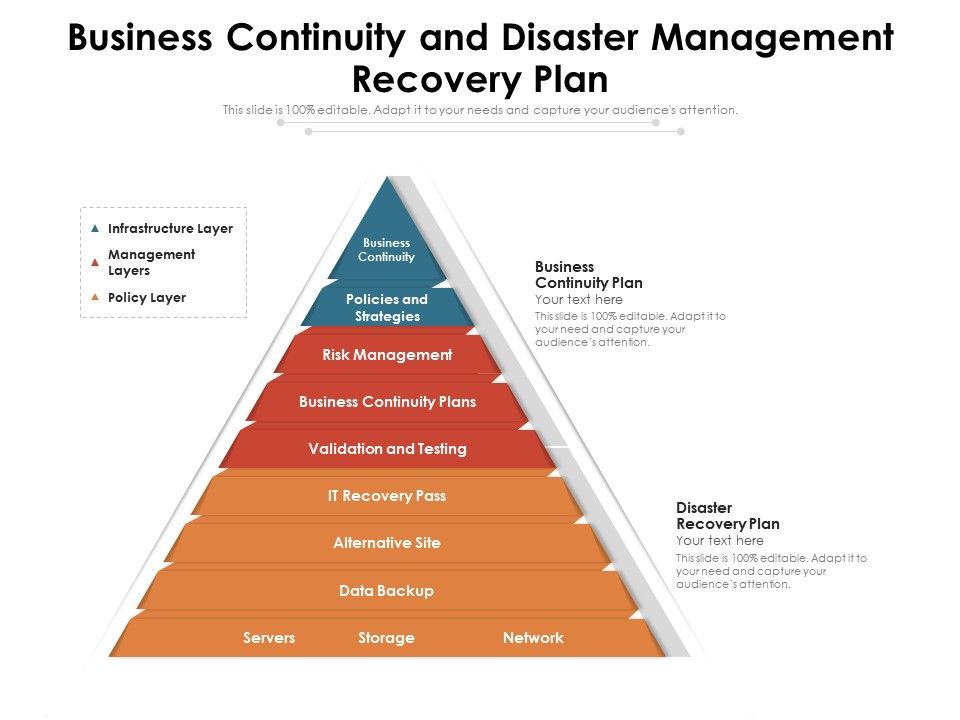Transferred Files: Management And Recovery

Table of Contents
Effective Management of Transferred Files
Effective file management is the cornerstone of preventing data loss associated with transferred files. A proactive approach minimizes the risk and makes recovery significantly easier.
Organizing Your Transferred Files
A well-organized file system is crucial for efficient data management. This translates to quicker access to files, simplified collaboration, and reduced risk of accidental deletion.
- Clear File Naming Conventions: Implement a consistent naming convention using dates (YYYYMMDD), project names, client names, or a combination thereof. For example, instead of "report.docx," use "20241027_ClientA_ProjectX_Report.docx." This ensures clarity and searchability.
- Folder and Subfolder Structure: Utilize a hierarchical folder structure to categorize files logically. Create main folders for projects, clients, or file types, then use subfolders for further organization. This prevents files from becoming scattered and unmanageable.
- Cloud Storage for Collaboration: Cloud storage services like Dropbox, Google Drive, and OneDrive offer easy access, collaboration features, and automatic backups. This ensures accessibility from multiple devices and simplifies sharing with colleagues or clients.
- Regular File Deletion: Regularly review your files and delete unnecessary items. This frees up valuable storage space and prevents clutter. Consider using automated file cleanup tools for large datasets.
- File Management Software: Explore dedicated file management software such as Adobe Bridge, File Explorer (Windows), or Finder (macOS) for advanced organization and metadata tagging capabilities.
Secure Transfer of Files
Protecting transferred files during transmission is paramount. Employing secure practices mitigates the risk of interception or corruption.
- Secure File Transfer Protocols: Use secure file transfer protocols (SFTP, FTPS) instead of insecure methods like FTP. These protocols encrypt data during transmission, safeguarding sensitive information.
- File Encryption: Encrypt sensitive files before transferring them, especially if you’re dealing with confidential data like financial records or personal information. Utilize tools like 7-Zip or WinRAR with strong encryption algorithms.
- Reputable File Transfer Services: Choose reputable file transfer services that offer robust security features, such as end-to-end encryption and two-factor authentication. Consider services specializing in secure file exchange.
- Access Controls and Permissions: Implement strict access controls and permissions to restrict file access to authorized individuals only. This prevents unauthorized access and potential data breaches.
- Strong Password Management: Use strong, unique passwords for all your accounts and file transfer services. Employ a password manager to securely store and manage your credentials.
Strategies for Transferred File Recovery
Even with meticulous management, the possibility of data loss remains. Having robust recovery strategies in place is crucial for mitigating the impact of such incidents.
Data Backup and Recovery Solutions
Regular backups are the first line of defense against data loss. Employ a multi-layered backup strategy to ensure data redundancy.
- Regular Backups: Regularly back up your files to multiple locations – local drives, external hard drives, and cloud storage. This creates redundancy and protects against single points of failure.
- Version Control Systems: For collaborative projects, use version control systems like Git to track changes and revert to previous versions if necessary. This is particularly beneficial for software development or document editing.
- Backup Strategies: Explore various backup strategies: full backups (copying all data), incremental backups (copying only changes since the last backup), and differential backups (copying changes since the last full backup). Choose the approach that best fits your needs and data volume.
- Disaster Recovery Plan: Develop a disaster recovery plan outlining procedures for restoring data in the event of a major system failure or disaster. This plan should include backup recovery procedures, communication protocols, and contingency plans.
- Backup Software & Cloud Providers: Consider using dedicated backup software like Acronis True Image or Carbonite, and explore cloud storage providers offering backup and recovery features.
Recovering Lost or Corrupted Files
If data loss occurs, utilize the following methods for recovery.
- File Recovery Software: Use file recovery software like Recuva, Disk Drill, or PhotoRec to recover deleted or corrupted files. These tools scan storage devices for recoverable data.
- Recycle Bin/Trash: Check your Recycle Bin or Trash for recently deleted files. You might be able to restore them easily.
- Data Recovery Services: For severe data loss scenarios involving severely damaged storage devices, consider professional data recovery services. These services have specialized tools and expertise to retrieve data from physically damaged drives.
- Limitations of File Recovery: Understand that file recovery is not always guaranteed. The success rate depends on factors such as the type of data loss, the time elapsed since the loss, and the condition of the storage device.
- Preventing Future Loss: Practice regular system maintenance, avoid downloading files from untrusted sources, and use reliable antivirus software to prevent future file loss.
Conclusion
Managing and recovering transferred files effectively requires a proactive approach encompassing both preventative measures and robust recovery strategies. By implementing a clear file organization system, employing secure transfer protocols, and establishing regular backup routines, you significantly reduce the risk of data loss. Remember, recovering transferred files is far easier and less costly when you have a well-defined plan in place. Start implementing these file management and recovery strategies today to protect your valuable transferred files! Learn more about optimizing your transferred file management and recovery processes by [link to a relevant resource].

Featured Posts
-
 Bitcoin Buying Volume On Binance A Six Month Low Broken
May 08, 2025
Bitcoin Buying Volume On Binance A Six Month Low Broken
May 08, 2025 -
 Punjab Weather Update Eid Ul Fitr Forecast For Lahore Next Two Days
May 08, 2025
Punjab Weather Update Eid Ul Fitr Forecast For Lahore Next Two Days
May 08, 2025 -
 Star Wars The Long Awaited Planet Reveal After 48 Years
May 08, 2025
Star Wars The Long Awaited Planet Reveal After 48 Years
May 08, 2025 -
 The 12 Inch Surface Pro A Budget Friendly Productivity Option
May 08, 2025
The 12 Inch Surface Pro A Budget Friendly Productivity Option
May 08, 2025 -
 Confirmado Neymar Vuelve A La Seleccion Y Jugara Contra Messi En El Monumental
May 08, 2025
Confirmado Neymar Vuelve A La Seleccion Y Jugara Contra Messi En El Monumental
May 08, 2025
